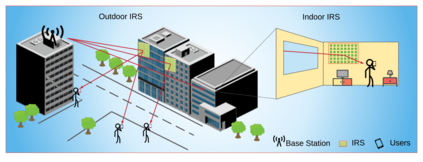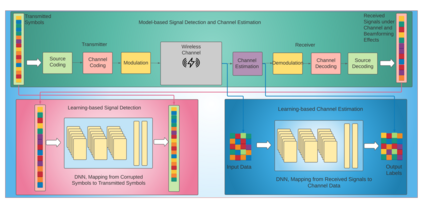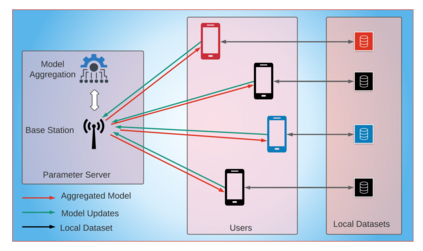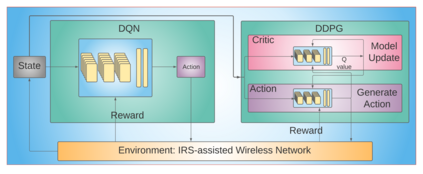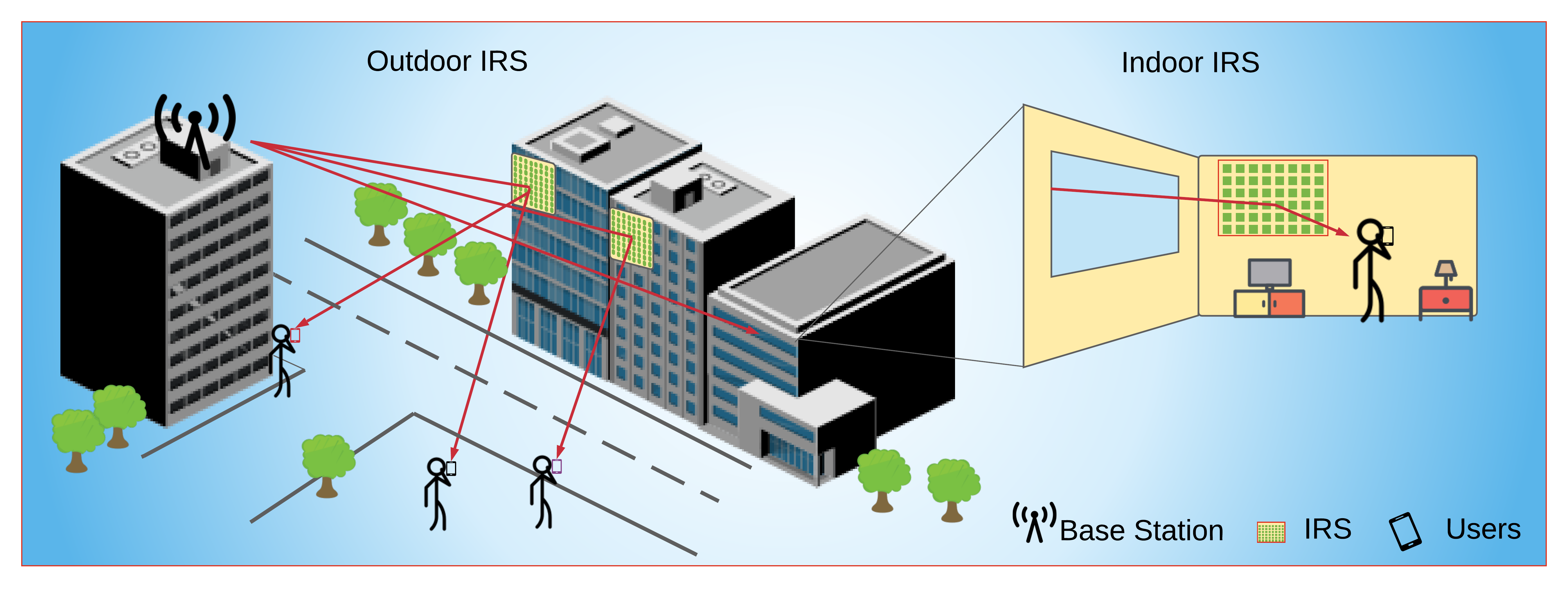Intelligent reflecting surfaces (IRSs) have recently received significant attention for wireless communications because it reduces the hardware complexity, physical size, weight, and cost of conventional large arrays. However, deployment of IRS entails dealing with multiple channel links between the base station (BS) and the users. Further, the BS and IRS beamformers require a joint design, wherein the IRS elements must be rapidly reconfigured. Data-driven techniques, such as deep learning (DL), are critical in addressing these challenges. The lower computation time and model-free nature of DL makes it robust against the data imperfections and environmental changes. At the physical layer, DL has been shown to be effective for IRS signal detection, channel estimation and active/passive beamforming using architectures such as supervised, unsupervised and reinforcement learning. This article provides a synopsis of these techniques for designing DL-based IRS-assisted wireless systems.
翻译:智能反射表面(IRS)最近受到无线通信的极大关注,因为它降低了硬件复杂性、物理大小、重量和常规大型阵列的成本,然而,IRS的部署需要处理基地站和用户之间的多频道连接;此外,BS和IRS光束仪需要联合设计,其中必须迅速重新配置IRS元素。数据驱动技术,如深层次学习(DL),在应对这些挑战方面至关重要。DL的较低计算时间和无模型性质使DL对数据不完善和环境变化十分强大。在物理层,DL已证明能够有效地利用IRS的信号探测、频道估计和主动/被动的成形,使用监督、无监督和强化的学习等结构。这篇文章为设计基于DL的IRS辅助无线系统提供了这些技术的概要。

